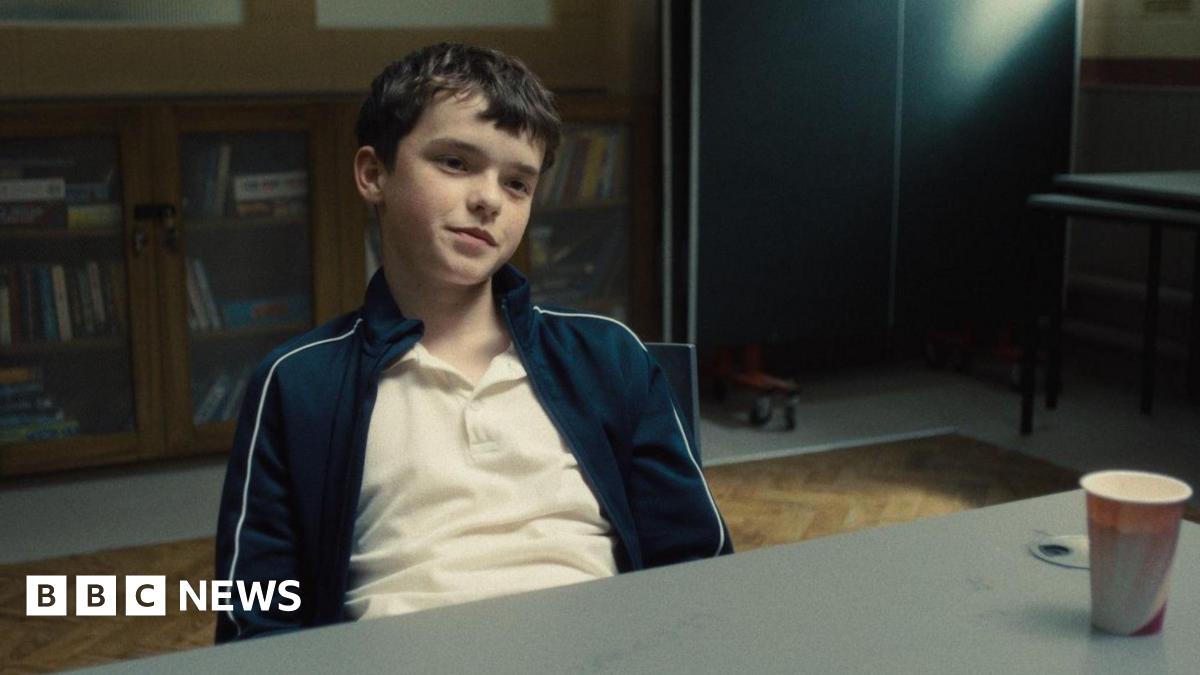Ben’s World: Navigating Modern Teenage Life Amidst Digital Dilemmas
Ben sits comfortably on the sofa, his thumb darting across the screen of his phone. The living room around him is an eclectic mix, filled with family photographs and a grand piano, tangible reminders of cherished memories. When his parents, Sophie and Martin, finally take their seats, they seem relaxed, although tonight’s conversation promises to delve into challenging territory. A recent program on teenage life and the dark corners of online culture has prompted Sophie to prepare a list of discussion points for Ben. They have established a household where ‘all topics are on the table,’ she reassures, embodying a modern approach to parenting in a digital age rife with complexities.
The Double-Edged Sword of Online Influence
Ben, a charismatic and outspoken teenager at his single-sex state secondary school, enjoys popularity among peers. However, this same confidence often lands him in hot water with teachers, who send him to detention for what Sophie describes as “inappropriate comments.” The thin line between humor and disrespect is one that Ben straddles frequently, illustrating a deeper societal challenge. A recent study from the Institute of Youth Studies (IYS) noted that nearly 70% of educators feel students often misinterpret appropriate behavior online.
Unpacking the ‘Incel’ Phenomenon
During a particularly poignant scene in the program, a group of teenagers casually tosses around terms associated with the so-called “manosphere,” including the term “incel.” As Martin explains this concept to Ben—one that targets men blaming women for their lack of romantic success—Ben is taken aback. “People just call each other ‘virgins’ in my circles. I’ve never heard ‘incel’ before,” he shares, suggesting a generational shift in language that reflects the rapidly evolving nature of online discourse.
This generational gap gives rise to a worrying trend: while some teenagers remain superficially aware of extreme online ideologies, they may not grasp their implications. Dr. Emma Lewis, a social psychologist specializing in youth culture, notes, “The rise of digital communication has led to a dilution of serious terminology. Many teens don’t recognize terms like ‘incel’ because they’re not the ones using them.”
Depictions of Digital Danger
While watching the show, Ben recognizes some familiar elements, particularly the depictions of school fights and cyberbullying, yet he regards it as a “rough picture” of teenage reality. “It’s mainly made for adults who aren’t online,” he quips, suggesting that older generations may perceive teen experiences through a lens primarily colored by fear rather than understanding.
- Misrepresentation of digital realities—Many parents fear for their children’s safety online, often overlooking the potential benefits of social media.
- Underestimated relational dynamics—Cueing into how teens navigate friendships and rivalries digitally may present a more accurate picture.
- Ignoring positive aspects—Social media, for all its pitfalls, also offers avenues for connection and positive affirmation among peers.
For Ben, the show’s heavier themes missed the mark, glossing over the supportive aspects of online life. Martin shares his concern: “While it’s compelling drama, it overemphasizes every parent’s worst nightmare about their children’s phone use, trading realism for theatrics.” This sentiment casts a shadow on how narratives surrounding youth and technology are often portrayed in mainstream media.
Striking the Right Balance
For families like Ben’s, discussions about digital safety and online etiquette occur in a vacuum of fear and misunderstanding, often exacerbated by sensationalized portrayals. Sophie’s proactive approach—creating an “open” household where discussions can flow freely—is not just refreshing; it’s essential. Researchers emphasize that conversations around technology and its impacts need to keep pace with the evolution of online culture. “That openness fosters resilience,” says Dr. Lewis, emphasizing the importance of parental engagement in helping teens navigate these digital waters.
Tonight’s discussion serves as a microcosm of larger societal issues surrounding youth, social media, and education. In an era where the digital realm significantly intersects with daily life, there lies an urgent need for both parents and educators to adapt their approaches, moving beyond mere fear and into proactive engagement.
As Ben shifts his focus from the screen to his parents, the conversation starts to flow. Amid reflections on school, friendships, and the digital sphere, it becomes evident that while challenges abound, the foundation built through open dialogue is the first step toward achieving understanding. Their living room, a backdrop rich with warmth and connection, stands as a testament to the notion that navigating the complexities of adolescence doesn’t have to be a solitary journey.
Source: www.bbc.co.uk


